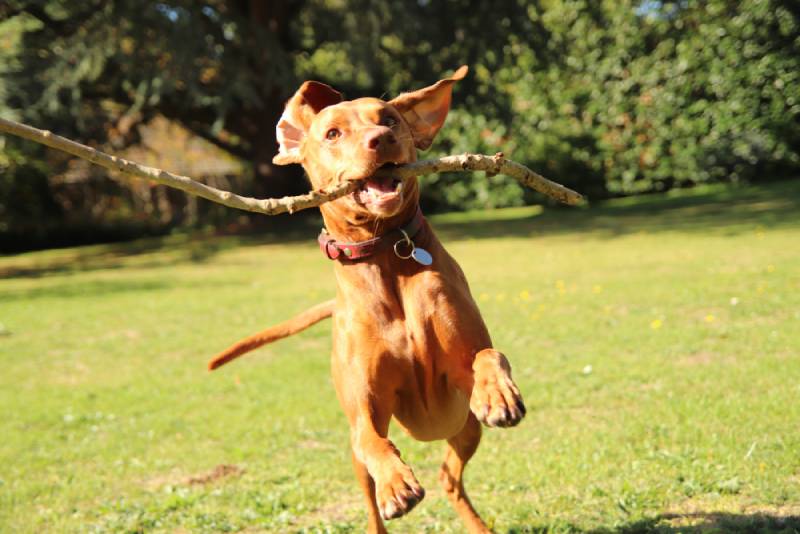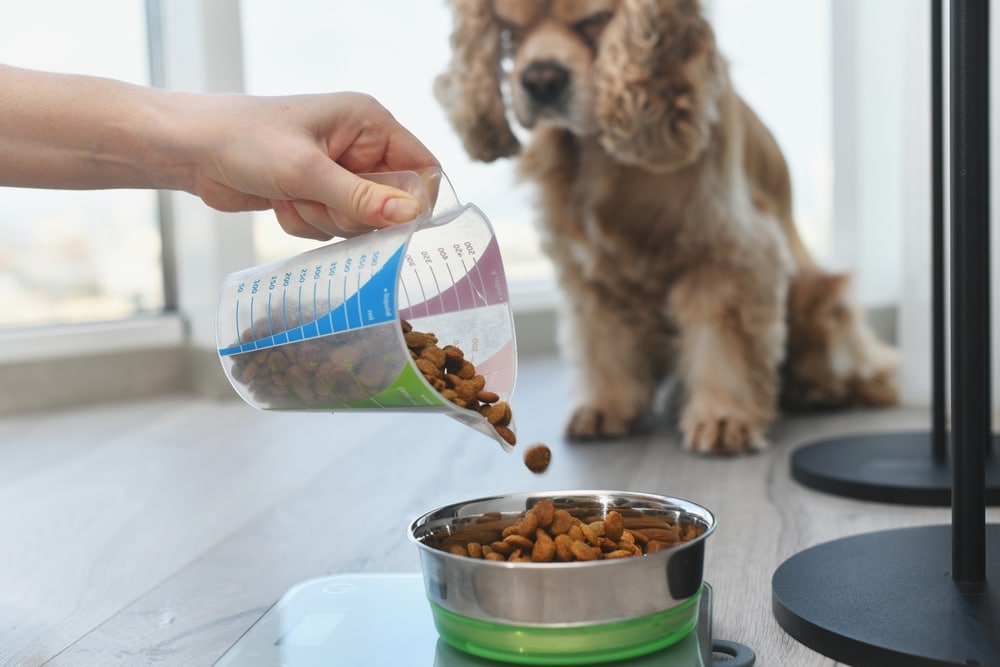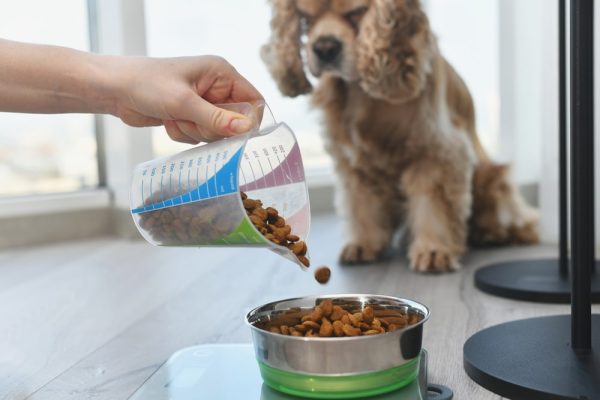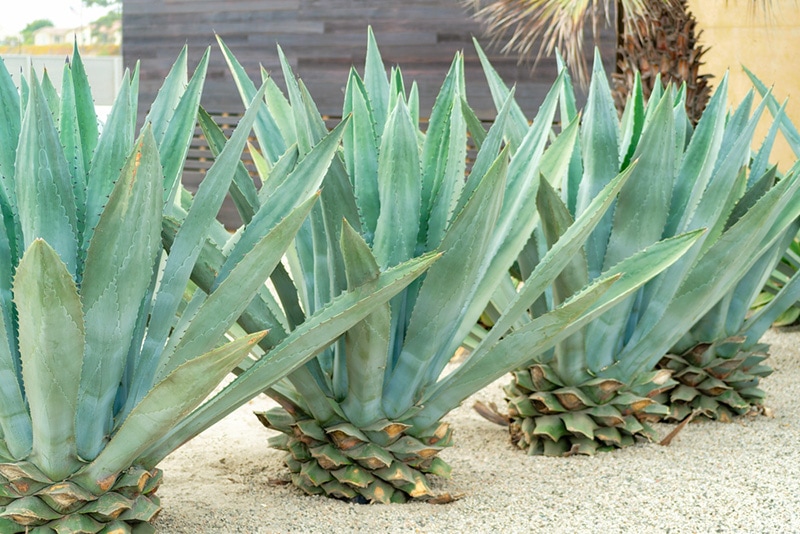Simple as it may sound, measuring dog food portions accurately is an art. According to a 2019 study, improperly measuring your dog’s food can result in health consequences, including nutritional deficiencies and obesity. Obesity affects around 25–30% of dogs, with a high percentage affecting dogs between 5 and 11 years old.
For these reasons, it’s worth investing a bit of time in learning how to measure dog food portions properly. In this post, we share tips on measuring dry dog food and factors to consider when doing so.
 How Much Should I Feed My Dog? — Factors to Consider
How Much Should I Feed My Dog? — Factors to Consider
Since dogs come in all shapes and sizes, their portion sizes vary greatly. When deciding how much you should be feeding your dog, you’ll need to consider:
- How active they are
- Their body weight
- Their life stage
- Their metabolic rate
- How many meals you’re feeding them per day
- The type of food they get

To give you a better idea of how much to feed your dog, we put together this table based on the standard recommended daily feeding amounts with information from PetMD.
PetMD recommends using a standard 8-oz. measuring cup. These measurements are standard estimates and may differ for your specific dog—for example, if your pet is a puppy or adult, if they are reproductively intact or spayed/neutered, or if your vet has put your dog on a special diet due to a health condition or weight issues.
| Breed Size | Dog’s Weight | Amount to Feed per Day |
| Toy | 3 lbs. | ⅓ cup (139 calories) |
| Toy | 6 lbs. | ½ cup (233 calories) |
| Small | 10 lbs. | ¾ cup (342 calories) |
| Small | 15 lbs. | 1 cup (464 calories) |
| Small | 20 lbs. | 1 ⅓ cup (576 calories) |
| Medium | 30 lbs. | 1 ¾ cup (781 calories) |
| Medium | 40 lbs. | 2 ¼ cups (969 calories) |
| Medium | 50 lbs. | 2 ⅔ cups (1,145 calories) |
| Large | 60 lbs. | 3 cups (1,313 calories) |
| Large | 70 lbs. | 3 ½ cups (1,474 calories) |
| Large | 80 lbs. | 3 ¾ cups (1,629 calories) |
| Large | 90 lbs. | 4 ¼ cups (1,779 calories) |
| Large | 100 lbs. | 4 ½ cups (1,926 calories) |
How to Measure Dog Food Portions
It can be difficult to accurately measure dog food portions because cup sizes, cup types, and scoop sizes vary so much. Our top tip is to read the instructions on your dog’s food bag. If it’s a quality pet food brand, you should find recommendations on the cup size and type to use and a feeding guide so you know how many cups and calories to feed your dog on a daily basis. You can also make use of online dog food calorie calculators. These can be helpful for getting an estimate, though there’s no guarantee that they’ll be 100% accurate.
When measuring the portion in the cup, try your best to keep the food level with the cup’s rim or the appropriate measuring line and avoid going over it. Then, use weighing scales to make sure the amount matches what’s recommended in the feeding guide.
Since it can be tricky to measure portions accurately in a cup, weighing is the best way to ascertain that you’re consistently feeding the same amount every time and adhering to the recommended amount for your dog’s size and weight.
It may be a good idea to measure and weigh your dog’s food in one go first thing in the morning, to save you from having to repeat the process throughout the day. Put the measured-out food into a bag or Tupperware, and split it according to the number of meals that your dog eats per day.
Make sure you’re feeding your dog the right amount, check out our dog food calculator here:
The exact amount of calories an individual animal needs to maintain a healthy weight is variable and influenced by many factors including genetics, age, breed, and activity level. This tool is meant to be used only as a guideline for healthy individuals and does not substitute veterinary advice
 Conclusion
Conclusion
Weighing your dog’s food cup after you’ve measured out a portion is the best way to know for sure that you’re feeding them the correct amount. Always refer to the feeding guide on the food bag to find out the recommended daily amount for your dog. If you have any doubts about how much you should be feeding your dog, talk to your vet or a pet nutritionist, as they will be able to best advise you.
See also:
- 8 Dog-Friendly Hiking Trails in Northern California You Can Visit
- Are Dogs Allowed in Redwood National Park?
Featured Image Credit: O_Lypa, Shutterstock



 How Much Should I Feed My Dog? — Factors to Consider
How Much Should I Feed My Dog? — Factors to Consider





